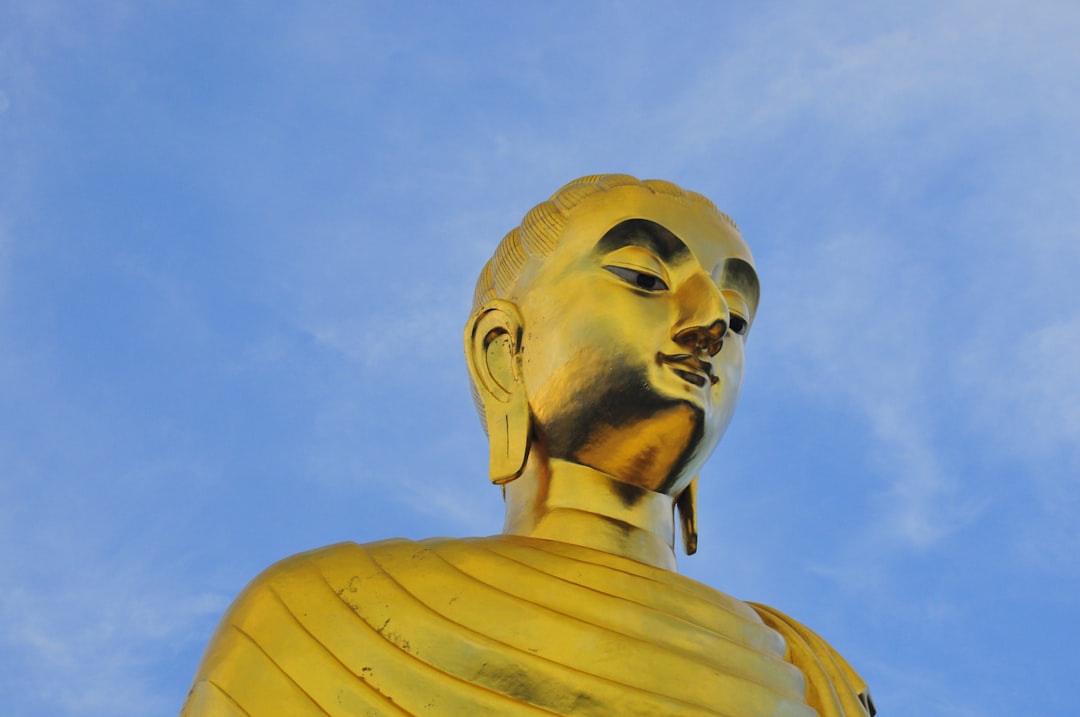Introduction to Japan’s Enigmatic Temples
Japan, a land steeped in rich cultural heritage and profound spirituality, is home to numerous temples that embody the essence of its historical and religious identity. From ancient Shinto shrines to Buddhist temples adorned with meticulous artistry, these sacred sites have attracted pilgrims and travelers for centuries. In this article, we will explore some of Japan’s most enigmatic temples, their awe-inspiring architecture, captivating history, and the spiritual experiences they offer. These temples serve as vibrant reminders of Japan’s complex relationship with spirituality and nature, making them must-visit destinations for anyone seeking to understand the heart of Japanese culture.
Visiting these temples not only allows you to appreciate their beauty but also offers a window into Japan’s soul, forging a deeper connection with local culture and traditions. The serene atmosphere, coupled with stunning sights, provides an unparalleled experience. As we journey through these sacred spaces, prepare to immerse yourself in the history, philosophy, and artistry that define Japan’s religious landscape.
The Great Buddha of Nara: Todai-ji Temple
The Todai-ji Temple, located in Nara, is renowned for housing the Great Buddha, or Nara, who stands majestically at 15 meters tall. As one of Japan’s most significant and symbolic Buddhist temples, Todai-ji was constructed in the 8th century to demonstrate the power of Buddhism during the Nara Period. This architectural wonder draws thousands of visitors each year, who come to witness not just the statue, but the sheer magnificence of the structure that envelopes it.
The temple complex is an architectural marvel; its main hall, Daibutsuden (Great Buddha Hall), is the largest wooden building in the world, a testament to ancient construction techniques. Inside, visitors are awed by the sheer scale of the Great Buddha statue, which represents Vairocana Buddha, embodying the concept of the universe. Here, visitors can engage in meditation practices, offering a moment of reflection and tranquility. The atmosphere inside is charged with a spiritual energy that encourages introspection and mindfulness.
Visiting Information
To make the most of your visit, consider booking a guided tour through Viator. Their knowledgeable guides can provide deeper insights into the temple’s history and significance, enhancing your understanding of this magnificent site. As you explore, you may also wish to partake in traditional Japanese rituals performed at the temple, which can deepen your spiritual experience.
Kyoto’s Tranquil Zen: Ryoan-ji Temple
In the heart of Kyoto lies the Ryoan-ji Temple, famous for its Zen rock garden, which invites contemplation and serenity. Established in the 15th century, this temple represents the essence of Zen philosophy through its minimalist design and tranquil ambiance. The garden is designed to facilitate meditation and self-reflection, featuring carefully placed rocks arranged in a way that captures the eye and translates complexity into simplicity.
The garden comprises 15 rocks arranged in a sea of meticulously raked white gravel, leaving visitors to ponder the aesthetics and meaning behind the placement. Ryoan-ji fosters an atmosphere for enlightenment, allowing guests to slow down and engage with their thoughts in the peaceful surroundings. The experience of sitting quietly, contemplating the garden, teaches visitors to embrace the present moment and reflect on their inner thoughts amid nature.

Cultural Significance of Zen Gardens
Zen gardens like Ryoan-ji serve a dual purpose; they are not just a visual feast but also a meditative space conducive to self-reflection. This temple encapsulates the philosophy of simplicity and introspection, making it a must-visit on your spiritual journey through Japan. The garden’s rocks symbolize islands, and the gravel represents the sea, providing a landscape that invites endless contemplation and interpretation.

As you sit in the stillness of Ryoan-ji, allow the rigid formations of stone to teach you about life's inherent chaos and beauty.
If you wish to enhance your experience at Ryoan-ji, consider a tour through GetYourGuide for exclusive insights and guided meditation sessions. Such experiences not only teach about Zen but also provide tools to help apply mindfulness in daily life beyond the temple gates.
The Sacred Island of Itsukushima: Hiroshima’s Iconic Shrine
Itsukushima Shrine, located on the island of Miyajima in Hiroshima, is famous for its stunning red torii gate, which appears to float on water during high tide. This shrine is dedicated to the goddess of the sea and storms, making it an important site for both worshippers and tourists alike. The blend of marine scenery and the shrine’s unique architecture creates an undeniably picturesque setting that enchants all who visit.
The shrine’s unique design incorporates the natural beauty of the surrounding landscape, blending seamlessly with the waters of the Seto Inland Sea. Visitors can explore the shrine complex, walk along the waterfront, and witness the picturesque sight of deer roaming freely on the island, harmonizing with the serenity of the surroundings. The moment you set foot on Miyajima, you are greeted by the magnificent view of the torii gate against the backdrop of the sea and mountains, a sight that has inspired countless artists.
Visiting Itsukushima Shrine
The combination of natural beauty and architectural elegance makes Itsukushima Shrine a UNESCO World Heritage site. To experience the island’s ambiance fully, consider a ferry tour from Hiroshima through G Adventures to gain insights into the culture and history of this sacred site. Be sure to check the tide schedule to maximize your experience, as the view of the torii gate changes dramatically with the ebb and flow of the tides, enhancing your visit.
Conclusion: The Spiritual Journey Through Japan’s Temples
Japan’s temples serve as a gateway to understanding the soul of this fascinating culture. Each site offers its unique experiences and opportunities for introspection, spirituality, and connection with nature. Whether it’s marveling at the grandeur of Todai-ji, meditating in the tranquility of Ryoan-ji, or soaking in the sacred beauty of Itsukushima, a journey through Japan’s temples is guaranteed to leave a lasting impression.
We encourage you to embark on your personal pilgrimage and discover these spiritual sanctuaries. From learning about Japanese architectural techniques to embracing meditative practices, the possibilities are endless. With the right itinerary, you can delve deep into the cultural tapestry that is Japan. Each temple holds stories of dedication, artistry, and faith that can enrich your own life’s narrative.
Let your spirits soar as you explore the notable landmarks, hidden gems, and religious treasures this beautiful country has to offer. As you reflect on your experiences, you may find profound insights that resonate with your personal journey, making each visit to these awe-inspiring sites not just a trip, but a transformative experience.
Exploring Japan’s temples is not just a journey of sightseeing but a spiritual odyssey into the heart of its culture.
Prepare for your adventure by immersing yourself in Japan’s incredible uniqueness and spirituality, and allow each temple to guide you on a path of enlightenment and self-discovery.








